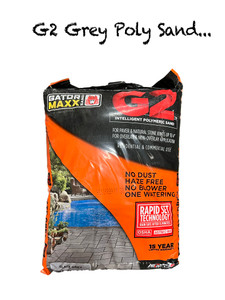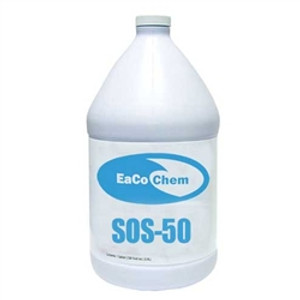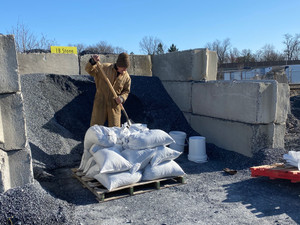
1. Q. How long should we wait after installation before heat may be applied to fireplace or chimney?
A. With regard to firebrick, clay flue lining
or any of the Heat Stop refractory mortar products simply wait one day
after all of the masonry in the fireplace or chimney has been installed.
2. Q. What are the Heat Stop product types?
A. There are only two as follows:
1. Heat Stop in a 1 gallon (15 lb.) pail or a 3 gallon (50 lb.) pail. Premixed and ready to use.
2. Heat Stop-II in a 1 gallon (10 lb.) pail and Heat
Stop-50 in a 50 lb. bag. Same producte but different size container.
Add water, mix and ready to use.
3. Q. Which of the Heat Stop products is the least expensive
A. Heat Stop-50, the dry mix in the 50 lb. bag is least expensive. A 50lb. bag when mixed with water yields approximately 60 lbs.
4. Q. Which of your products is the best for installation of clay flue lining and why?
A. Heat Stop II or Heat Stop-50 are the best
for installing clay flue lining because they are completely non water
soluble in service after the initial set. This type of product is
specified by the NFPA-211 (National Fire Protection Association).
5. Q. What A.S.T.M. (American Society for Testing
Materials) specifications are called out by local and national building
codes regarding fireplace and chimney construction?
A. For refractory mortar ASTM C-199 (medium
duty). All Heat Stop products meet or exceed this requirement. Firebrick
ASTM C-27. Clay Flue Lining ASTM C-315. Clay Flue Lining Installation
ASTM C-1283.
ASTM C-105 is a discontinued specification for
fireclay and should not be used. Fireclay mixes with regular mortar do
not meet current building codes.
6. Q. Where are Heat Stop refractory products available?
A. The the Budding Company Retail stores - or Online at www.BuddingCo.com
7. Q. Which of your Heat Stop products may be colored and how?
A. Heat Stop-II or Heat-50 will work with
mortar color just like any regular masonry mortar. Follow the mortar
color manufacturers instructions as if Heat Stop-II or Heat Stop-50 was a
regular mortar.
8. Q. How thick should the Heat Stop refractory mortar products joint thickness be?
A. Joint thickness is recommended at --1/16"
to 1/8" thick. If a thicker joint is required (up to 3/8" thick) we
recommend the use of the dry mix Heat Stop-II or Heat Stop-50.
9. Q. Which of the Heat Stop refractory mortar products is most popular?
A. Every year Heat Stop-50 is used more than any of the other products. The reasons why follow:
1. Heat Stop-50 is the least expensive.
2. Heat Stop-50 (or Heat Stop-II) may be used for
firebrick or clay flue installations with up to 3/8" thick joints.
3. Heat Stop-50 (or Heat Stop-II) may be easily colored with mortar color.
4. Heat Stop-50 (or Heat Stop-II) is non water soluble in service.
5. Heat Stop-50 (or Heat Stop-II) has an indefinite shelf life.
6. Heat Stop-50 (or Heat Stop-II) has excellent drying characteristics no matter the humidity.
10) I’ve noticed that the refractory mortar I’m
currently using in firebrick or clay installations is not drying as it
should. Should I dig out the soft mortar and replace it? What will
help the situation?
A. You do not have to dig out and replace
the soft mortar. It will dry. This condition most often occurs when
one of the following occurs:
- The refractory mortar is the premixed type. (All
brands of premixed refractory mortar dry about the same as they all use
the same type of drying or binder systems.)
- The joint thickness is 1/8” thick or greater
- The ambient weather conditions are damp, such as
in a damp basement, in rainy conditions above ground, or where there has
been too little air circulation.
To improve the situation, increase the amount of air
circulation over the installation by opening the fireplace damper as
soon as the installation is complete (and keep it open); open an
adjacent window or door; place a room heater or fan in front of the
installation; or build a small fire even before it has dried out.
To avoid this problem in the future, use
Heatstop-50. Among its advantages, Heatstop-50 is a hydraulic setting
and will not be severely affected by humidity.





